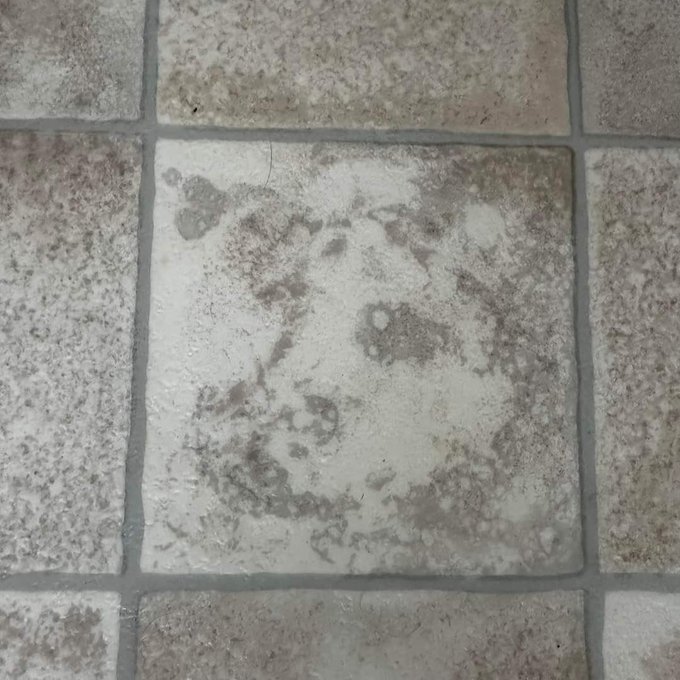
1. What is Pareidolia?
Understanding the Phenomenon
Pareidolia is the psychological phenomenon where people see patterns, particularly familiar images like faces, in random objects or stimuli. This tendency is rooted in the human brain’s remarkable ability to recognize faces—a skill that has evolved for survival, helping us identify friends from foes in our environments.
A Brief History
The term “pareidolia” comes from the Greek words “para,” meaning “beside,” and “eidolon,” meaning “image” or “form.” It has been documented throughout history, with artists and scientists alike observing this unique cognitive quirk. From ancient cave paintings to modern-day memes, pareidolia has sparked creativity and curiosity across cultures.
2. The Science Behind Pareidolia
Brain Mechanics at Play
Our brains are hardwired to recognize faces and patterns as part of our survival instinct. This ability is linked to specific areas in the brain, particularly the fusiform gyrus, which is activated when we see faces. When confronted with ambiguous stimuli, our brains often fill in the gaps, leading us to see familiar patterns, even if they aren’t there.
The Role of Familiarity
Familiarity plays a crucial role in pareidolia. We are more likely to perceive faces in objects that we have encountered frequently. This can explain why people often report seeing faces in everyday items—our experiences shape our interpretations.
3. Examples of Pareidolia in Everyday Life
Nature’s Faces
One of the most common settings for pareidolia is in nature. People often report seeing faces in clouds, rock formations, or the arrangement of leaves. For instance, a cloud shaped like a dog or a mountain that resembles a human profile can evoke feelings of nostalgia or amusement.
Household Items
Pareidolia also thrives in our homes. A piece of toast with a burn mark resembling a face can spark joy and laughter, while a fruit with a distinct shape might remind us of a cartoon character. These instances not only entertain but also foster a sense of connection to our environment.
Art and Culture
Artists have long embraced pareidolia as a source of inspiration. From surrealist paintings to modern installations, the concept of seeing faces in abstract forms challenges our perception of reality and encourages us to explore our imaginations. This artistic exploration often invites viewers to engage with the work on a deeper level, fostering personal interpretations.
4. The Psychological and Emotional Aspects
Comfort in Familiarity
Finding faces in inanimate objects can provide a sense of comfort. In times of loneliness or stress, these encounters can evoke positive emotions, reminding us of connections to others. This is especially relevant in cultures that celebrate communal experiences and shared narratives.
A Catalyst for Creativity
Pareidolia serves as a catalyst for creativity, inspiring artists, writers, and thinkers. The ability to see the familiar in the unfamiliar encourages imaginative thinking and problem-solving. Engaging with pareidolia can spark new ideas, leading to artistic expression and innovative solutions.
5. Conclusion: Embracing the Ordinary
Pareidolia reminds us of the beauty in our everyday surroundings. As we navigate our busy lives, taking a moment to appreciate the unexpected faces and forms we encounter can enhance our connection to the world around us. Whether it’s a friendly face in a piece of fruit or a whimsical shape in the clouds, pareidolia invites us to embrace our imaginations and find joy in the ordinary.
So next time you catch a glimpse of a familiar face in an unexpected place, take a moment to smile and appreciate the unseen art of pareidolia—it’s a little reminder that magic can be found in the most ordinary of things.





